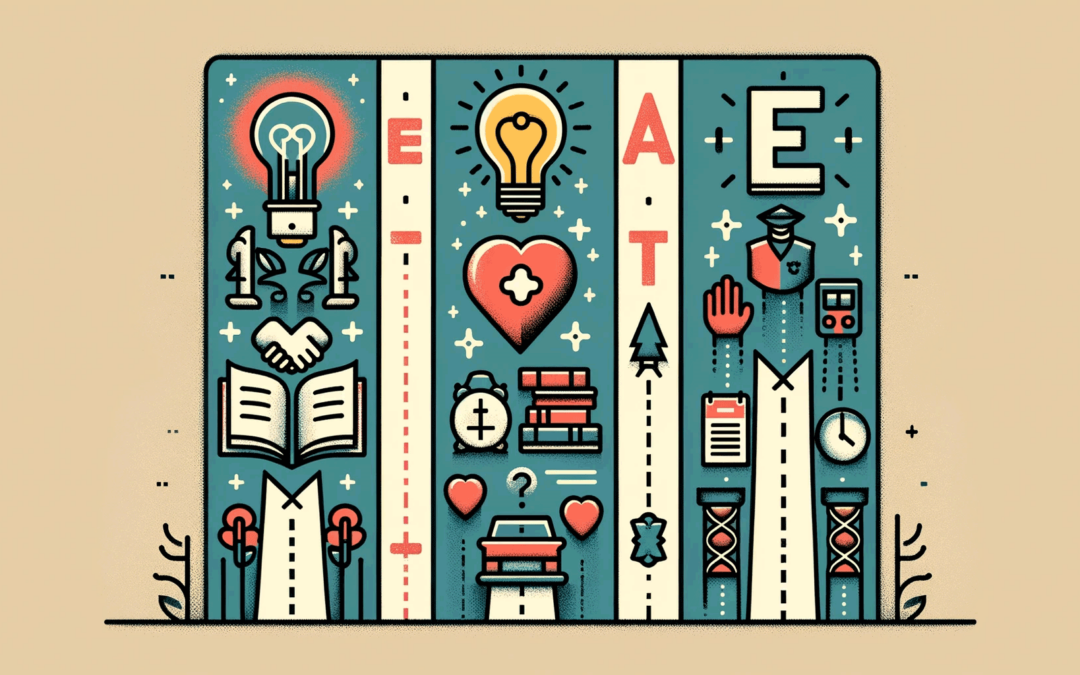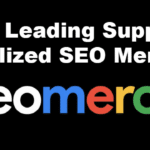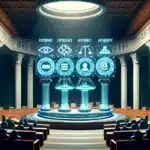Expanding Content Quality Guidelines: The Transition from E-A-T to E-E-A-T
When it comes to creating high-quality content on the web, two acronyms often come into play: E-A-T and E-E-A-T.
Both are guidelines set forth by Google to assess content quality and reliability, but they carry distinct emphases that cater to the evolving landscape of content creation and user expectations.
Understanding E-A-T: Expertise, Authoritativeness, Trustworthiness
E-A-T stands for Expertise, Authoritativeness, and Trustworthiness.
It is a framework used by Google’s search quality raters to evaluate the quality of content on the internet. Let’s break down each component:
- Expertise refers to the creator’s knowledge and skill in a specific field or topic. It implies that the content should be written by individuals with a notable degree of knowledge or experience in the subject matter.
- Authoritativeness is about the credibility of the website publishing the content, as well as the author. It assesses the recognition within its field and how it stands as a reliable source of information.
- Trustworthiness measures the accuracy of the content and the security of the site. It reflects the effort to provide truthful information and a safe user experience.
E-A-T is especially crucial for Your Money or Your Life (YMYL) topics, which could significantly impact a person’s health, happiness, safety, or financial stability.
Introducing E-E-A-T: Adding Experience to the Mix
E-E-A-T adds another dimension to the original E-A-T model: Experience.
This addition underscores the value of personal experience and firsthand knowledge in content creation. Here’s how E-E-A-T breaks down:
- Experience highlights the importance of personal anecdote or direct involvement in the topic at hand. It suggests that lived experiences can enhance the quality of content, making it more relatable and valuable to readers.
- Expertise, Authoritativeness, and Trustworthiness follow the same principles as defined in E-A-T but are now considered alongside the experiential knowledge that the content creator brings to the table.
Introducing Experience into the E-A-T framework acknowledges that expertise is not solely academic or professional but can also be gained through personal involvement and practical engagement with the topic.
This is particularly relevant for content areas where personal stories and individual testimonials can provide insight and value that traditional expertise might not cover.
How They Differ and Why It Matters
The key difference between E-A-T and E-E-A-T lies in the inclusion of Experience.
E-E-A-T recognizes that valuable insights can come from personal encounters and real-life applications, not just formal education or professional achievements.
This shift towards valuing experiential knowledge alongside traditional expertise reflects a broader understanding of what makes content meaningful, engaging, and trustworthy.
E-E-A-T is not a departure from E-A-T but an expansion.
It caters to various content types and creators, acknowledging that authority and trust can be built through shared experiences and formal qualifications.
Conclusion
In summary, while E-A-T evaluates content through the lens of expertise, authoritativeness, and trustworthiness, E-E-A-T takes it a step further by incorporating the value of personal experience.
This evolution in content evaluation criteria demonstrates the growing appreciation for diverse forms of knowledge and individuals’ unique perspectives on their topics of interest.
By adhering to E-E-A-T, creators are encouraged to produce content that is not only informative and reliable but also deeply resonant and authentic to their audiences.

















